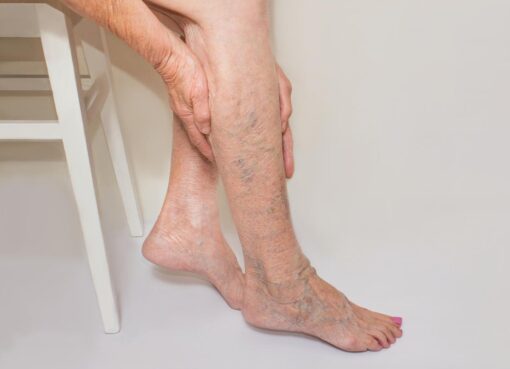Before the drug is ready for commercial use, this must involve various trials and tests. The drug researchers must analyze whether the drug is safe to use. The researchers must provide details of the drug’s toxicity, efficacy, pharmacokinetics, and safety reports. There are two types of preclinical research. They are
- In vitro – Contacted in a test tube or cell culture
- In vivo – Contacted in animal
Needs for preclinical research
The preclinical research is not a very high process but this must explain a lot of information like dosing and toxicity levels. Some of the basic things are required to perform preclinical research. They are
- Study conduct
- Equipment
- Personnel
- Operating procedures
- Facilities
- Study reports
- System of quality assurance for each study
- Written protocols
Phase 0 clinical trial
The phase 0 involves the first-in-human trial which is based on the FDA guidelines. This is also called as human microdose studies. This process involves single sub-therapeutic doses given to 15 subjects and gets the pharmacokinetic data. The phase 0 is performed by the pharmaceutical companies to decide which of the drug candidates has suitable pharmacokinetic parameters in humans.
Phase 1 clinical trials
The phase 1 clinical trial is the first stage of drug testing with a small number of healthy human subjects. Patients are used to testing the mechanism and effects of the drug. Pharmacodynamics is also measured if possible. The single ascending dose is used to study the safety and tolerability of the drug. This is followed by the multiple ascending doses. Both are a similar process but the only difference is the number of testing subjects may vary. The only aim of these testing is to find out the safety and tolerability.
Phase 2 clinical trials
Phase 2 is performed on a large group of parents and the main aim of this phase is to assess the efficiency of the drug. Also, follow phase 1 safety measures. The phase 2 process is mainly designed based on the compound’s mechanism of action.
Phase 3 clinical trials
The phase 3 clinical trials provide the long term safety data. The phase 3 trial is designed to investigate deeply about the efficiency and safety of the new drugs for more than 12 months. This test is performed under hundreds of patients and watch more closely than phase 1 and 2. This test is conducted with out-patient which helps to analyze each and every change. Phase 3 reports are submitted to the authorities to get approval.
Phase 4 clinical trials
The phase 4 clinical trial is also called a post-marketing surveillance trial. This process involves safety surveillance and ongoing approval support after drug approval. This phase is designed to find-out any long-term side effects or any other toxicity. This phase is performed by some of the competitive companies for their marketing purpose.
Final thoughts:
After all these trials and preclinical research, the researchers will review the testing and decide whether the drug is suitable for commercial use. After getting approval from the authorities, the drug is used for commercial purpose.





